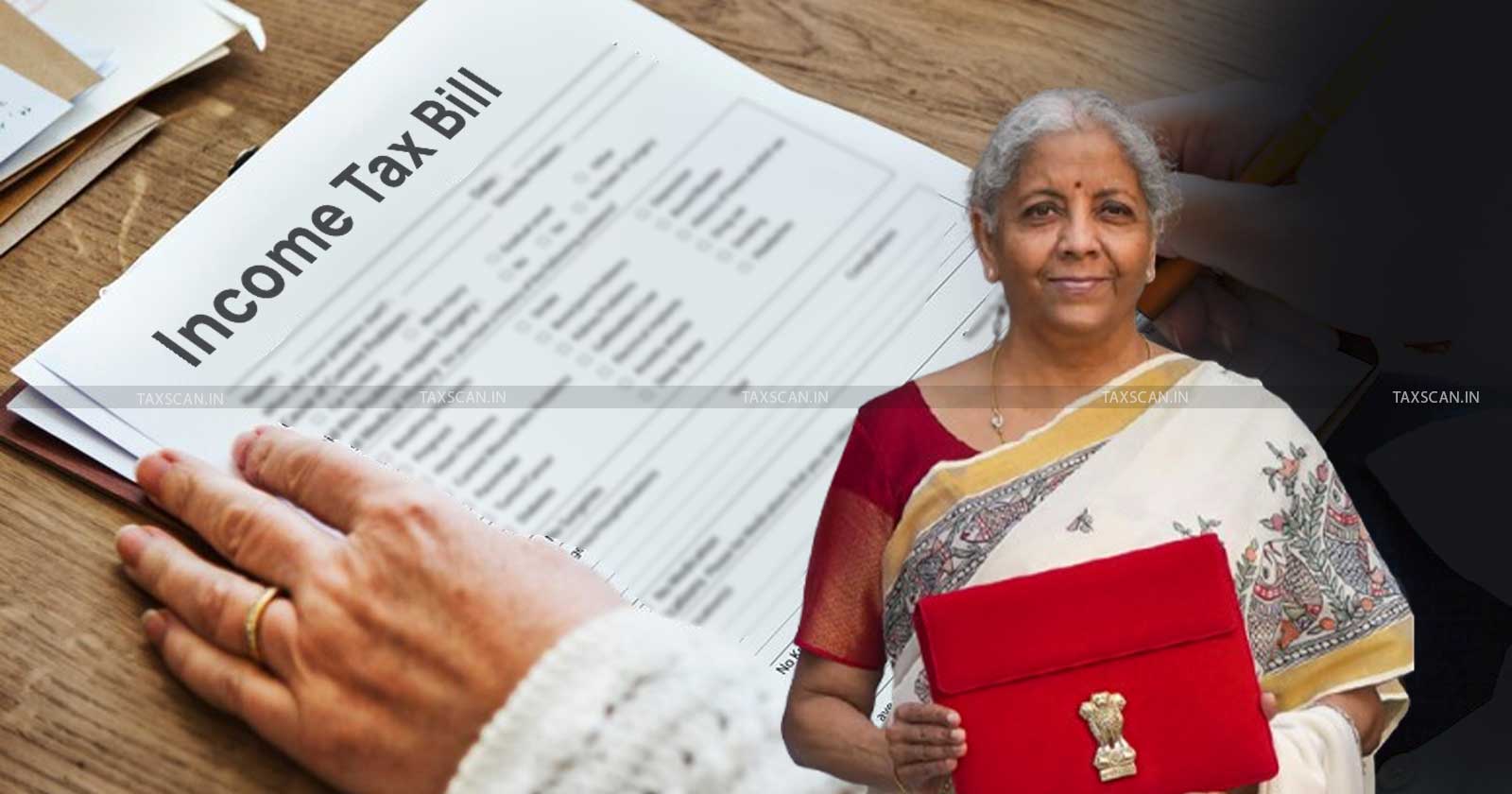Income Tax Bill 2025: CBDT Launches India-wide Training Regime for Revenue Workforce
The training regime is essential to acclimatize officers to better deal with the new provisions which seeks to replace the decades old Income Tax Act of 1961

As the Income Tax Bill 2025 moves closer to becoming law, the Central Board of Direct Taxes (CBDT) has initiated a full-scale national training program to prepare revenue officials for the overhaul of the country’s 20th century tax regime.
The move is indicative of a clear intent to ensure the smooth implementation of the new statute, which is currently under review by a Select Committee of Parliament and expected to be passed in the upcoming Monsoon Session.
The new bill, which seeks to replace the Income Tax Act of 1961, was introduced during the Union Budget session earlier this year. The Finance Ministry, headed by Minister Nirmala Sitharaman has affirmed that the proposed law is designed to bring India’s tax administration up to date - combining simplified language with the ousting of outdated provisions, all while streamlining processes for both officers and taxpayers. Once enacted, the new Act is expected to come into force from Financial Year (F.Y.) 2026–27.
Want a deeper insight into the Income Tax Bill, 2025? Click here
Big ITR Update: CBDT Extends ITR Filing Due Date to September 15, 2025 Read More
CBDT has prepared an action plan for FY 2025–26, aiming to train at least 50% of the Income Tax Department’s workforce by March 31, 2026. To meet this objective, the Directorate of Training has been tasked with designing a comprehensive learning roadmap which shall then be implemented across regional departments.
Regional Principal Chief Commissioners of Income Tax shall lead the implementation on the ground. By June 30, 2025, all Principal Chief Commissioners are expected to finalise monthly training calendars, identify relevant officers and finalize the format and scope of each session.
Additionally, they are mandated to conduct at least five taxpayer outreach programs per quarter once the law is enacted.
Complete Blueprint for Preparing Project Reports, click here
Forgot Your Income Tax Login Password? Here’s How to Reset It Easily Read More
The success of the new income tax act lies beyond procedural knowledge, the success of the new statute will depend on officers thoroughly understanding its philosophy and communicating its objectives to taxpayers in a legible manner.
The new Bill brings with it significant changes, including a unified ‘tax year’ to replace the long-used concepts of ‘previous year’ and ‘assessment year’, and a new drafting style that reduces complex cross-referencing. For example, where the old law might cite “section 133 (1)(b)(ii)”, the new law simply refers to “section 133”, simplifying interpretation and referencing for all involved.
3000 Illustrations, Case Studies & Examples for Ind-AS & IFRS - CLICK HERE
Rainbow Ceremonies and Grey Tax Bills: Gift Tax Exemption stays shut for Queer Couples Read More
The Income Tax Act of 1961 has undergone nearly 4,000 amendments since it came into force. The sheer number of changes are highly indicative of an impending reform. The new Bill halves the length of the legislation and aims to deliver a system that is modern and manageable in line with advancements in technology.
As India’s tax framework enters a new era, the CBDT aims to future-proof the legislation, focusing not only on internal readiness but also on public awareness and adaptability.
Support our journalism by subscribing to Taxscan premium. Follow us on Telegram for quick updates


